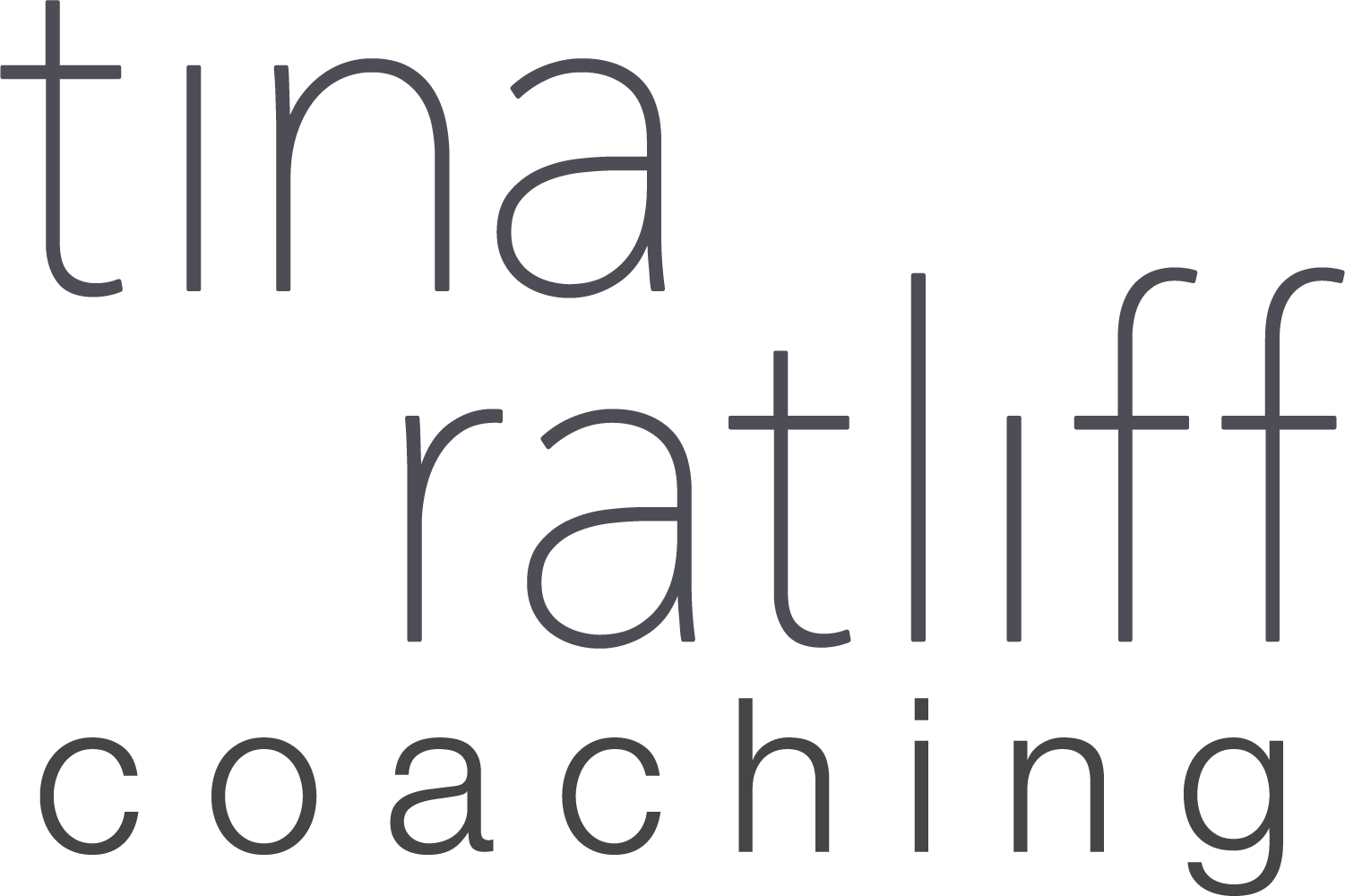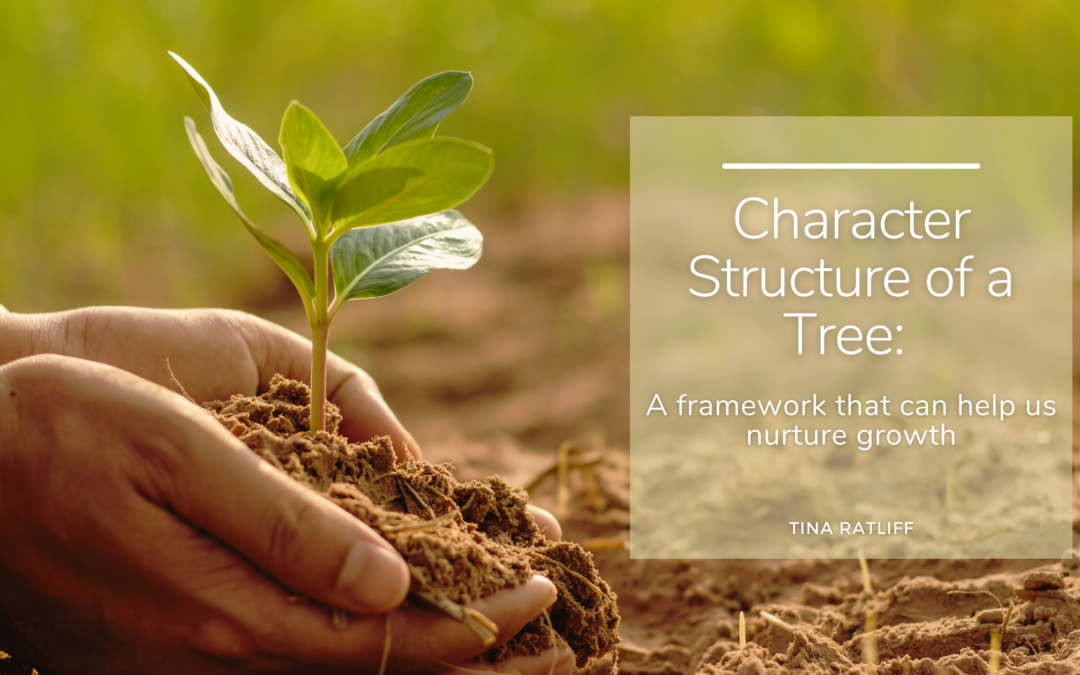Hello, Fellow Journeyer!
Last time, we discussed the power of internalization and how our lens shapes our experiences. Today, we’ll take a closer look at how our character structure develops using the tree as a metaphor. It will give us a framework that can help us understand ourselves and others better. Let’s dive in!
The Significance of the Trunk:
Imagine a tree standing tall and weathering life’s storms. The trunk serves as its foundation, providing support, nourishment, and protection. In our lives, the trunk represents four crucial areas that are central to our growth and desired outcomes. These areas are Attachment, Boundaries, Integration, and Mutuality.
Attachment/Bonding:
During our early years, we form strong attachments with our caregivers, typically our mothers. These attachments or bonds provide us with comfort, safety, and a sense of security. When we are safe, seen, soothed and secure, our brains develop a calm and peaceful state. Bonding sets the stage for healthy relationships and shapes our ability to connect with others.
Boundaries/Separation:
As we grow, we realize that we are separate individuals from our parents. We begin to assert our independence, forming opinions, likes, dislikes, and exploring our boundaries. This is a stage of differentiation. It is a natural and healthy part of development. It allows us to discover who we are and who we are not. We embrace our unique gifts and talents, which enable us to pursue our life’s purpose with confidence and passion. We no longer seek validation from others but rely on our own capabilities to navigate life’s challenges and fulfill our purpose and make life meaningful.
Integration/Reality:
As we continue to mature, we reach a developmental stage where we begin to embrace the realities of life as it is. We understand that not everything is perfect or all good. This stage of reality or integration challenges us to make sense of the world, to reconcile the good and the bad, and to develop a realistic perspective. Instead of denying or avoiding difficult truths, we confront them head-on, seeking to integrate them into our reality.
Mutuality/Adult:
The final aspect of the trunk is mutuality, which refers to our ability to function as adults in the world. It’s about seeing ourselves as equals to others, neither placing ourselves above nor beneath them. We relate to others as mutual adults, not as approval-seeking children, reactive adolescents, or controlling/critical parents.
To summarize, the trunk of the tree symbolizes the foundational elements that hold us up through life’s struggles. When the wind blows, or life gets hard, (because…it does) we won’t tip over due to the structure holding us up. The trunk is Attachment, Boundaries, Integration, and Mutuality. Each of these areas contribute to our growth and development, shaping us into resilient individuals capable of producing desired fruit in our lives.
As we delve deeper into this study, it’s important to recognize that we are all in the process of completing unfinished parts from our childhood. None of us leave home complete, and life’s challenges impact development. By focusing on strengthening these 4 areas, (the trunk), we can cultivate the character structure needed to hold us up and produce the desired outcomes in our lives.
Understanding the four developmental areas will help us identify where we need cultivating. In my next post I will share a bit of how my life was shaped in the areas of Attachment, Boundaries, Integration and Mutuality. You will see how they show up in our personal, relational and professional lives.

